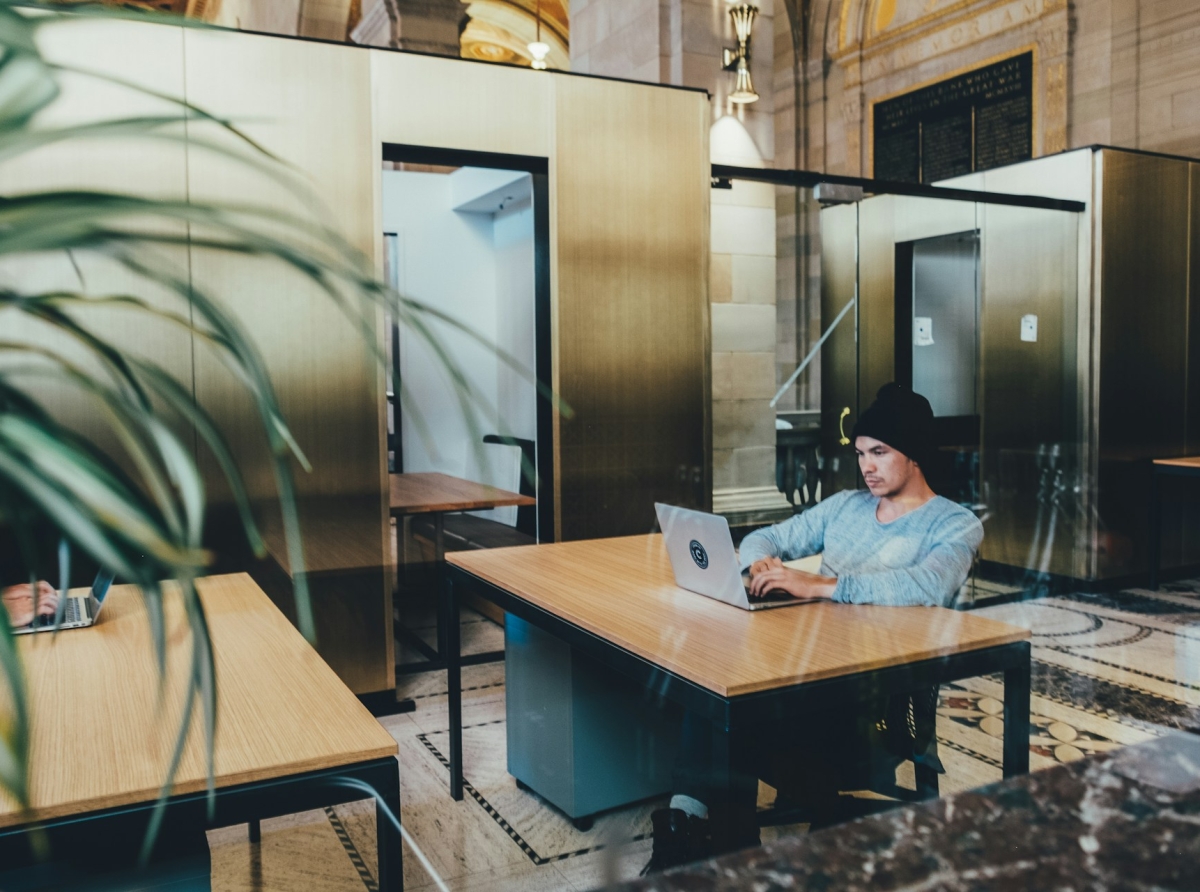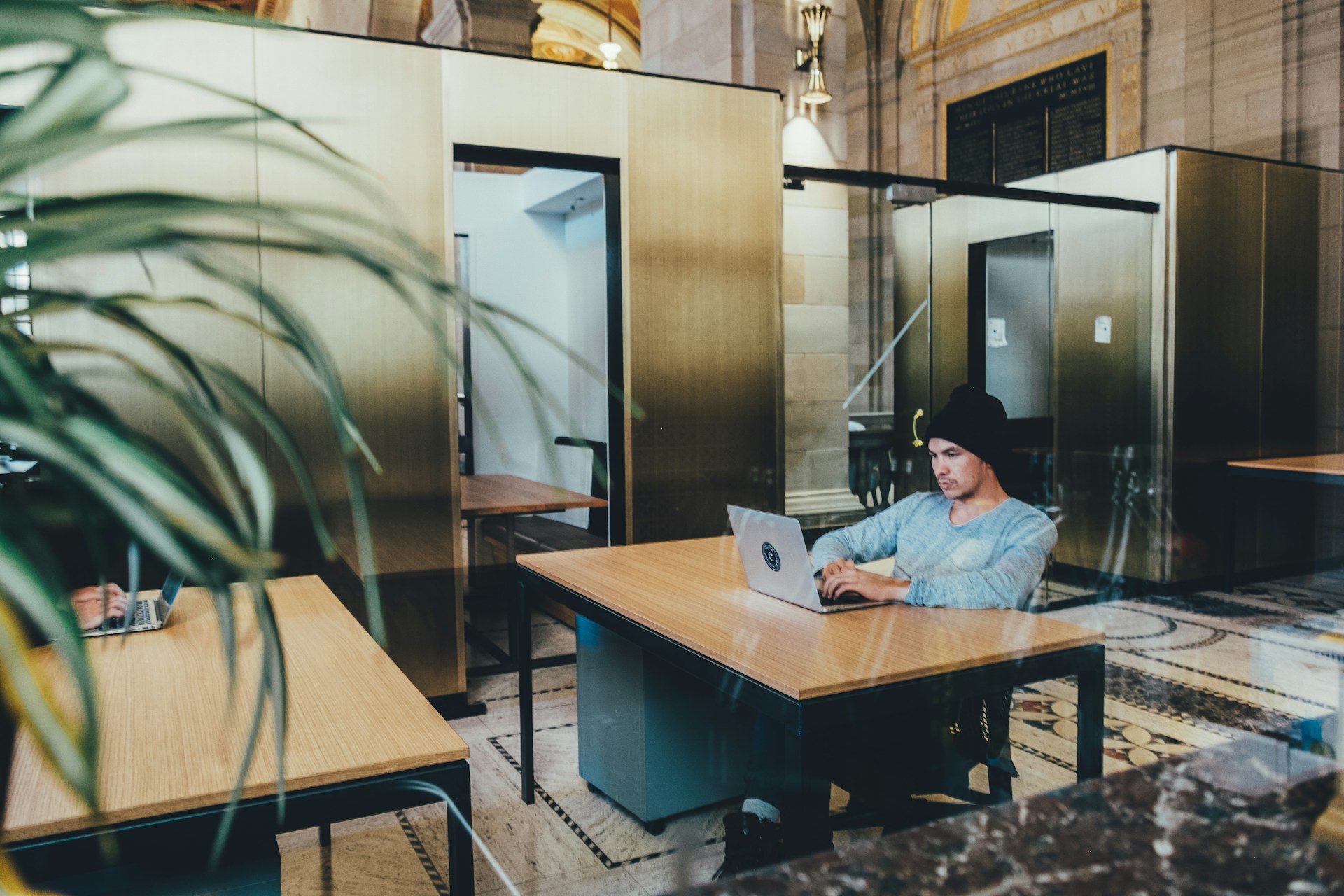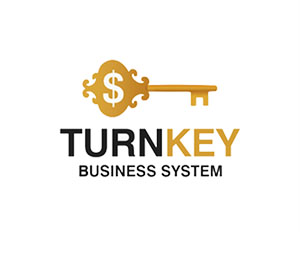The Trader's Workspace: Building an Environment for Success

The Trader's Workspace: Building an Environment for Success
The image of a trader often depicted in advertisements is misleading—someone lounging on a beach with a laptop or casually opening trades from their phone during a work break. In reality, professional trading requires discipline, focus, and a well-organized workspace. While Forex trading may not demand the same hours as a traditional 9-to-5 job, it is far from the effortless activity many beginners imagine. To succeed in trading, you need more than just a device and internet access—you need a dedicated environment designed to maximize productivity and minimize distractions.

The Trader's Workspace: Building an Environment for Success
The Myth of Trading Anywhere, Anytime
Many newcomers are drawn to trading by promises of flexibility and freedom. Advertisements suggest that profitable trades can be executed in minutes, even while multitasking or traveling. However, experienced traders know that such scenarios rarely lead to success. Trading demands concentration, analysis, and emotional control—all of which are impossible to achieve without a structured workspace.Even if your lifestyle involves frequent travel or unconventional schedules, setting up a proper workspace is non-negotiable. A professional trader understands the importance of separating work from leisure. Whether you're at home, in a co-
working space, or on the road, creating a designated area for trading ensures consistency and efficiency.
Key Elements of a Trader’s Workspace
1. A Dedicated SpaceThe first step in building an effective workspace is choosing a quiet, distraction-free location. Ideally, this should be a separate room or a corner of your home where interruptions are minimized. If you live with family, roommates, or pets, communicate your trading schedule clearly to avoid disruptions.
For those who travel frequently, portable solutions like folding desks or lightweight laptops can help recreate a functional workspace wherever you go. The key is to establish boundaries—both physical and mental—between your trading activities and other aspects of life.
2. Comfortable Furniture
Ergonomics play a crucial role in maintaining focus and preventing fatigue. Invest in a comfortable chair and desk that support good posture. Sitting for extended periods in an uncomfortable position can lead to back pain, eye strain, and decreased productivity.
Your setup should allow easy access to essential tools like your computer, notebooks, and reference materials. Avoid working from beds or couches, as these environments are not conducive to sustained concentration.
3. Minimal Distractions
Distractions are the enemy of successful trading. Here’s how to eliminate them:
Turn Off Notifications: Silence your phone, disable social media alerts, and close unnecessary browser tabs. Even brief interruptions can disrupt your thought process and cost valuable time.
Avoid Multitasking: Trying to trade while chatting with friends, watching TV, or browsing the web will reduce your effectiveness. Focus solely on the task at hand during your scheduled trading sessions.
Limit Background Noise: If you’re easily distracted by external sounds, consider using noise-canceling headphones or playing soft instrumental music to create a calm atmosphere.
4. Reliable Technology
A trader’s workspace must include reliable technology to ensure smooth operations. This includes:
High-Speed Internet: Stable connectivity is critical for executing trades quickly and accurately. Lag or downtime can result in missed opportunities or costly mistakes.
Dual Monitors (Optional): For traders analyzing multiple charts or platforms simultaneously, dual monitors can enhance efficiency and organization.
Backup Power Supply: Unexpected power outages can disrupt your workflow. A UPS (uninterruptible power supply) ensures your equipment remains operational during short-term outages.
5. Organized Tools and Resources
Keep your workspace clutter-free and organized. Essential items might include:
Trading Journal: Maintaining a detailed record of your trades is a hallmark of professional traders. Use a notebook or digital app to document strategies, outcomes, and lessons learned.
Reference Materials: Books, guides, or cheat sheets related to technical analysis, risk management, and market psychology can serve as quick references during decision-making.
Clean Desk Policy: Only keep items on your desk that directly contribute to your trading activities. Clutter can subconsciously increase stress and reduce focus.
Creating a Routine Around Your Workspace
Having a dedicated workspace is only part of the equation; establishing a routine is equally important. Successful traders allocate specific times for research, analysis, and execution. They also prioritize self-care to maintain peak performance.1. Set Clear Boundaries
Communicate your trading schedule to family members, colleagues, or roommates. Let them know when you need uninterrupted focus and when you’re available for interaction.
2. Stick to a Schedule
Consistency breeds success. Whether you trade daily or weekly, stick to predefined hours. This helps train your brain to enter “work mode” whenever you sit down at your desk.
3. Take Breaks
Prolonged screen time can lead to burnout. Incorporate regular breaks into your routine to rest your eyes, stretch, and recharge. Techniques like the Pomodoro method (25 minutes of focused work followed by a 5-minute break) can improve productivity.
Common Mistakes to Avoid
1. Overlooking the Importance of EnvironmentSome traders underestimate how much their surroundings affect their mindset. A chaotic or uncomfortable workspace can hinder decision-making and increase stress levels.
2. Neglecting Record-Keeping
Failing to maintain a trading journal deprives you of valuable insights into your strengths and weaknesses. Without documentation, it’s difficult to identify patterns or areas for improvement.
3. Allowing Interruptions
Even seemingly harmless interruptions—like answering a quick message or glancing at a notification—can derail your focus. Treat your trading time as sacred and guard it against intrusions.
Adapting to Different Lifestyles
Not everyone has the luxury of a permanent office. Travelers, digital nomads, or those living in small spaces can still create effective workspaces by following these tips:
Portable Setup: Opt for lightweight laptops, foldable desks, or tablet-based trading apps.
Co-Working Spaces: Rent a desk in a co-working facility if you need a professional environment outside your home.
Noise Management: Carry noise-canceling headphones or use white noise apps to block out background sounds.
Conclusion: Success Starts with Your Workspace
The foundation of any successful trader’s career lies in their ability to create and maintain a productive workspace. By dedicating a specific area for trading, equipping it with the right tools, and adhering to disciplined routines, you set yourself up for long-term success. Remember, trading is not about quick wins—it’s a skill that requires patience, practice, and professionalism.
The foundation of any successful trader’s career lies in their ability to create and maintain a productive workspace. By dedicating a specific area for trading, equipping it with the right tools, and adhering to disciplined routines, you set yourself up for long-term success. Remember, trading is not about quick wins—it’s a skill that requires patience, practice, and professionalism.
While the allure of trading from exotic locations or multitasking during downtime may seem appealing, the reality is that true success comes from structure and focus. Build a workspace that supports your goals, and watch as your trading journey becomes more efficient, enjoyable, and profitable.









Report
My comments